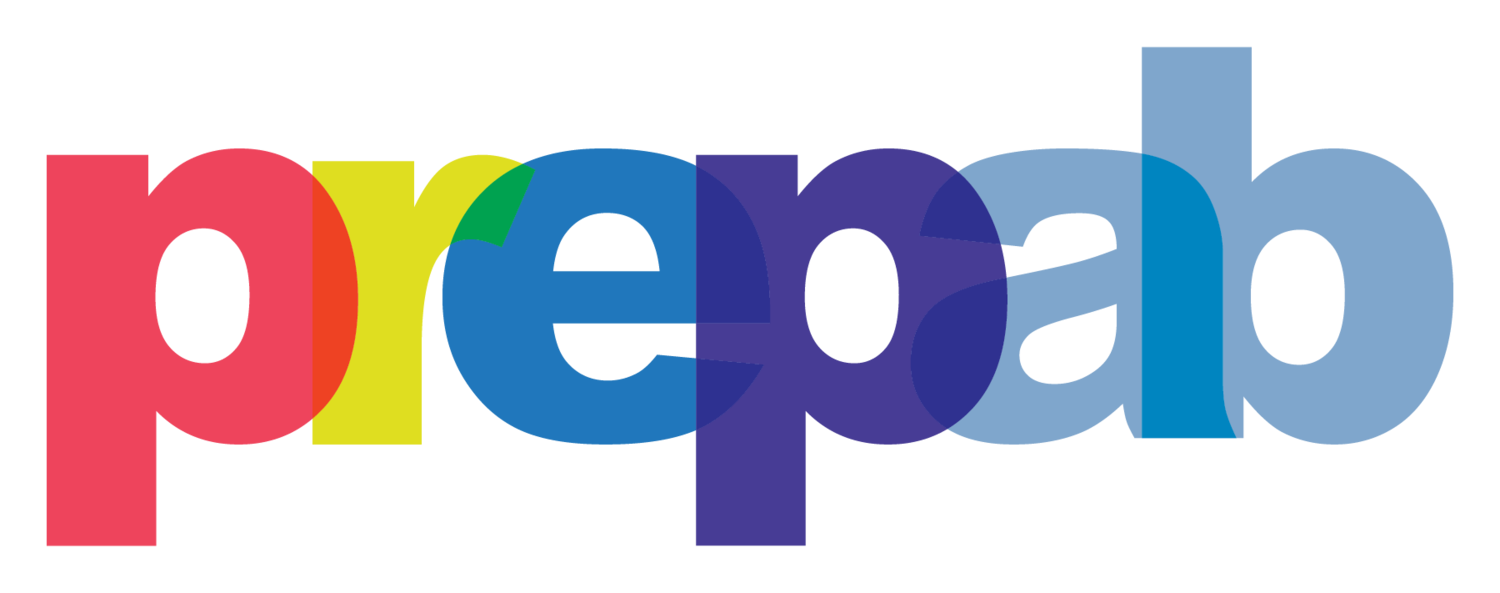
HIV & Key Populations
HIV doesn’t discriminate. It can affect anyone. But some populations are more affected by HIV than others.
Many populations disproportionately affected by HIV are minority populations who experience stigma and discrimination related to parts of their identity such as race, sexuality, or gender identity. When people experience these forms of stigma and discrimination, it can have a negative impact on their health and wellbeing, making it more likely that they might experience negative health outcomes like HIV infection.
There are a variety of factors that impact someone’s personal HIV risk. Belonging to a population disproportionately affected by HIV does not automatically mean that a specific individual is at a high risk of HIV infection, especially if they’re not engaging in activities which involve a risk of HIV transmission. However, as PrEP is recommended for people at a high risk of HIV infection, it’s important to consider a variety of factors which might impact someone’s HIV risk, including whether or not they belong to a population disproportionately affected by HIV.
If you belong to one of the following populations and engage in activities which involve a risk of HIV transmission, you may be at a higher risk of HIV infection than people who don’t belong to one of the populations below. If you are concerned about your HIV risk, speak with a healthcare provider to determine which HIV prevention options might be right for you, including PrEP.
Gay, bisexual, and other men who have sex with men (gbMSM)
Although gbMSM are only estimated to represent about 2% to 3% of the Canadian population, they often represent about half of all new HIV infections in Canada each year.
People who inject drugs
Although People Who Inject Drugs (PWID) are only estimated to represent approximately 1% of the Canadian population, they often represent about 15% of new HIV infections in Canada each year.
Indigenous Communities
Although indigenous people (including First Nations, Metis, and Inuit people) are estimated to represent about 10% of the Canadian population, they often represent approximately 20% of all new HIV infections in Canada each year.
African, Caribbean, and Black Communities
While African, Caribbean, and Black (ACB) communities are only estimated to represent about 3% of Canada’s population, they often represent approximately 20% of all new HIV infections in Canada each year.
In addition to ACB communities, other newcomers to Canada from countries with a high risk of HIV (i.e. endemic countries) may also be at a higher risk of HIV infection. A list of countries sorted by HIV prevalence can be found here.
The above information was adapted from the Public Health Agency of Canada and CATIE. Not all demographic data (i.e. age, sexual orientation, ethnicity) is reported for all new cases of HIV in Canada, meaning that some data may be incomplete. Exact figures concerning HIV cases attributed to each of the populations above change from year-to-year, with new data often not becoming available for 1-2 years. Therefore, the numbers provided are intended to provide general estimates as opposed to exact figures.





